
How to Maximize Plant Growth in a Polyethylene Greenhouse with Proven Techniques
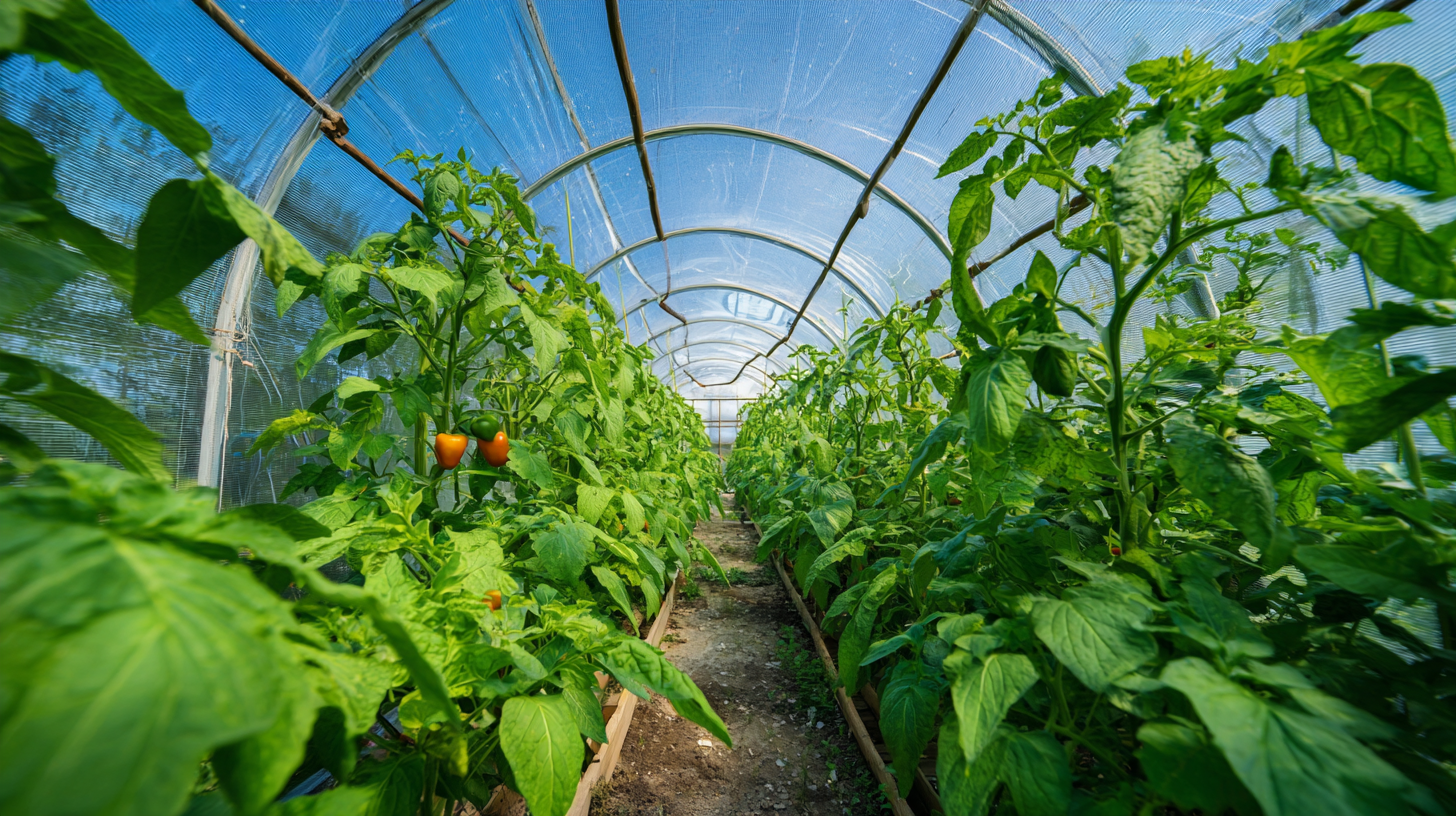 Maximizing plant growth in a Polyethylene Greenhouse is essential for achieving optimal crop yields and sustainability in modern agriculture. According to a report by the Association of Specialty Cut Flower Growers, greenhouses can increase plant productivity by 30% to 50% compared to traditional open-field farming, especially when utilizing the advantages of polyethylene materials.
Polyethylene Greenhouses not only provide a controlled environment that mitigates the risks of pests and diseases but also enhance light diffusion, which is crucial for photosynthesis. The National Sustainable Agriculture Coalition highlights that the use of efficient greenhouse systems can lead to significant reductions in water usage, with up to 90% less than conventional methods. Therefore, employing proven techniques tailored specifically for Polyethylene Greenhouses can empower growers to optimize conditions, enhance plant health, and ultimately increase their economic returns.
Maximizing plant growth in a Polyethylene Greenhouse is essential for achieving optimal crop yields and sustainability in modern agriculture. According to a report by the Association of Specialty Cut Flower Growers, greenhouses can increase plant productivity by 30% to 50% compared to traditional open-field farming, especially when utilizing the advantages of polyethylene materials.
Polyethylene Greenhouses not only provide a controlled environment that mitigates the risks of pests and diseases but also enhance light diffusion, which is crucial for photosynthesis. The National Sustainable Agriculture Coalition highlights that the use of efficient greenhouse systems can lead to significant reductions in water usage, with up to 90% less than conventional methods. Therefore, employing proven techniques tailored specifically for Polyethylene Greenhouses can empower growers to optimize conditions, enhance plant health, and ultimately increase their economic returns.
Essential Factors for Optimizing Light Conditions in a Polyethylene Greenhouse
In a polyethylene greenhouse, optimizing light conditions is crucial for maximizing plant growth. One of the fundamental aspects is ensuring that the greenhouse structure allows for sufficient natural light penetration. This can be achieved by minimizing shading from structural elements and surrounding vegetation. Using high-quality, UV-stabilized polyethylene covers that reduce glare while allowing ample light transmission can also significantly enhance the light environment inside the greenhouse. Maintaining cleanliness of the covers is equally important, as dust and algae can diminish light intensity.
Additionally, the orientation of the greenhouse plays a vital role in light optimization. Aligning the greenhouse in a north-south direction typically maximizes light exposure throughout the day. Implementing adjustable shading systems can help control excessive light during peak hours, preventing plant stress and promoting a balanced light environment. Furthermore, incorporating reflective materials inside the greenhouse can help redistribute light to low-light areas, ensuring that all plants receive adequate illumination for optimal growth.
Effective Temperature Management Techniques for Enhanced Plant Growth
Effective temperature management is crucial for optimizing plant growth in a polyethylene greenhouse. Research indicates that maintaining an optimal temperature range of 20-25°C (68-77°F) during the day significantly enhances photosynthetic activity. According to a study published in the Journal of Agricultural Science, plants exposed to consistent temperatures within this range showed a 30% increase in growth rates compared to those subjected to more variable thermal conditions.
Utilizing techniques such as thermal screens and shading can help regulate temperatures during peak sunlight hours. A report from the National Sustainable Agriculture Information Service emphasizes that incorporating these strategies can reduce internal greenhouse temperatures by up to 5°C (41°F), leading to improved plant health and yield. Moreover, the use of supplemental heating during colder months can ensure that plants maintain their growth momentum, ultimately resulting in higher crop outputs. By effectively managing temperature, greenhouse growers can create an ideal environment for plant development, driving productivity and efficiency in their operations.
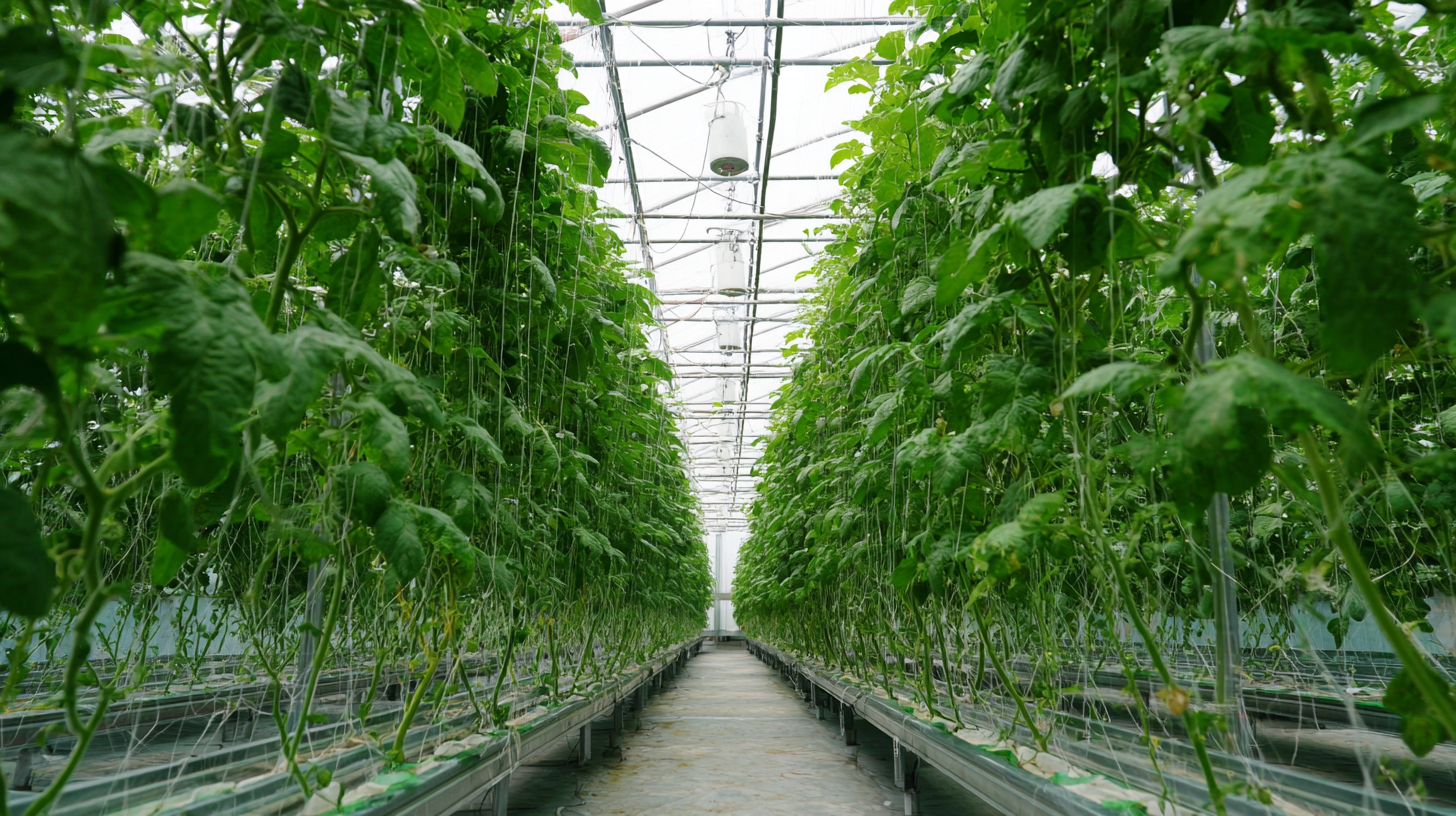
Strategies for Soil Health Improvement in Greenhouse Environments
Soil health is a fundamental component of maximizing plant growth in a polyethylene greenhouse. Implementing a diverse crop rotation can significantly enhance soil fertility and microbial diversity. By alternating plant families, nutrients are utilized differently, preventing depletion of specific soil components.
Additionally, introducing cover crops during off-seasons protects the soil from erosion and adds organic matter when tilled back into the soil, further enriching its quality.
Another effective strategy for improving soil health is to incorporate organic amendments, such as compost or well-rotted manure. These materials provide vital nutrients and improve soil structure, promoting better aeration and water retention. Utilizing mulch not only helps in retaining moisture but also suppresses weeds, allowing crops to focus their energy on growth rather than competition.
Regular soil testing should also be part of the management plan to monitor pH and nutrient levels, ensuring that any deficiencies are promptly addressed and contributing to a thriving greenhouse environment.
Watering Best Practices to Maximize Plant Development in Greenhouses
Watering is a critical aspect of maximizing plant development in polyethylene greenhouses. The unique environment of a greenhouse can lead to increased evaporation rates, making it essential to implement efficient watering practices. Drip irrigation systems are highly recommended as they deliver water directly to the plant roots, minimizing water waste and ensuring that plants receive consistent moisture. Additionally, this method helps prevent fungal diseases that can arise from water sitting on leaves.
Timing and frequency of watering are equally important. Early morning is the best time to water, as it allows plants to absorb moisture before the heat of the day. This practice not only supports healthy growth but also reduces evaporation losses. Establishing a regular watering schedule based on the specific needs of different plants can further enhance growth. Monitoring soil moisture levels with a moisture meter can help in determining the right times to water, ensuring that plants thrive without the risk of over- or under-watering. By integrating these best practices, gardeners can significantly optimize the conditions for plant growth within their greenhouses.
How to Maximize Plant Growth in a Polyethylene Greenhouse with Proven Techniques
| Plant Type | Optimal Watering Frequency | Best Time for Watering | Watering Method | Notes |
|---|---|---|---|---|
| Tomato | 2-3 times per week | Early morning | Drip irrigation | Ensure soil is moist but not soggy |
| Cucumber | Daily | Late afternoon | Soaker hose | Keep humidity high |
| Bell Pepper | 2 times per week | Morning | Sprinkler | Avoid wetting leaves |
| Lettuce | Every other day | Morning or late afternoon | Drip irrigation | Maintain cooler temperatures |
| Herbs (Basil, Parsley) | Weekly | Mid-morning | Hand watering | Ensure good drainage |
Integrating Pest Control Measures to Safeguard Plant Growth in Greenhouses
Integrating pest control measures within a polyethylene greenhouse is essential to ensuring thriving plants. An effective pest management strategy starts with prevention. Implementing regular monitoring of plants for any signs of pest activity allows for early detection and intervention. Additionally, utilizing companion planting can deter pests naturally; for instance, planting marigolds alongside vegetables can reduce nematode populations.
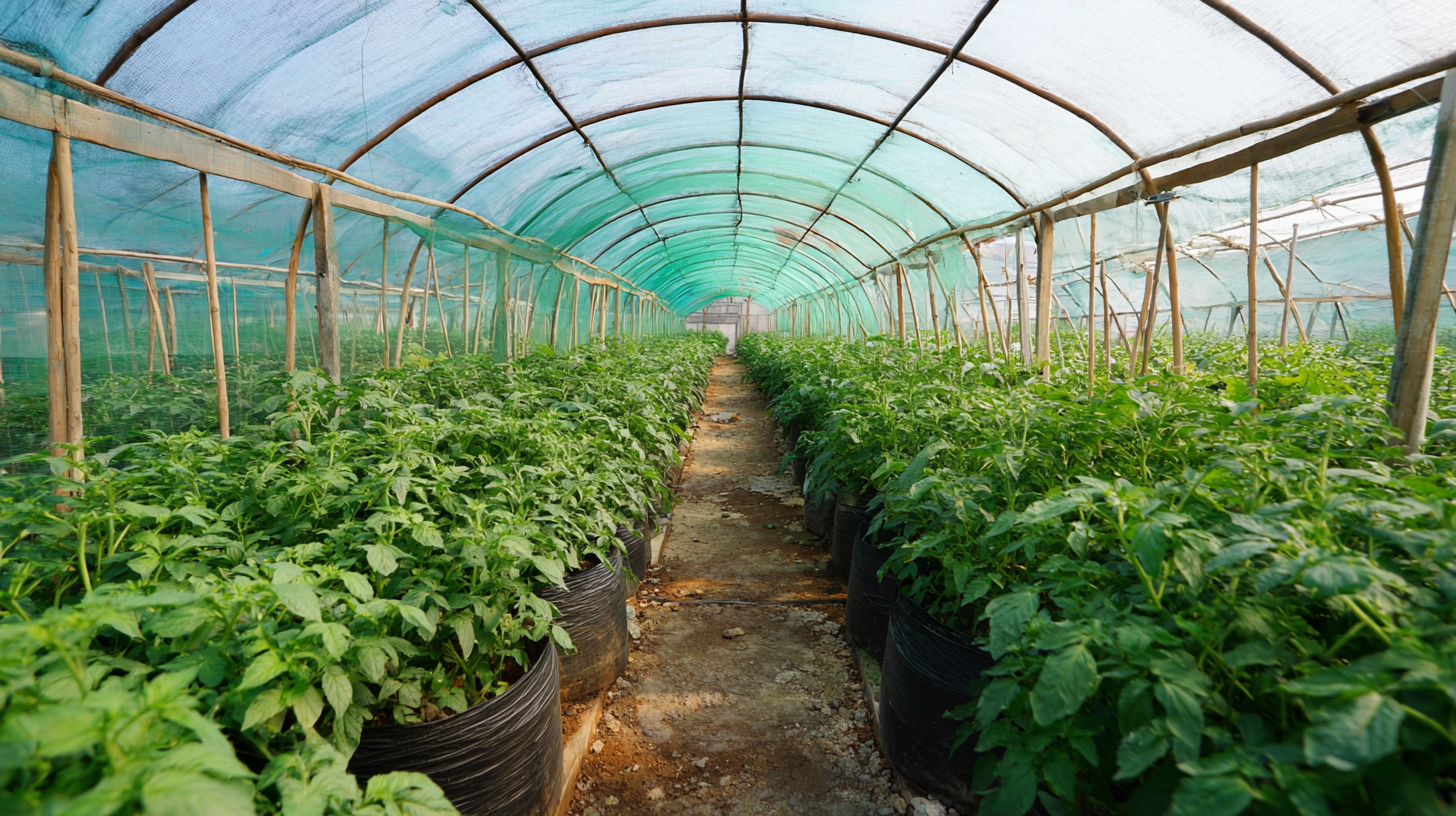
Another crucial aspect is the use of biological control methods, such as introducing beneficial insects like ladybugs and lacewings, which prey on common greenhouse pests like aphids. This practice not only minimizes chemical usage but also promotes a healthier ecosystem within the greenhouse. Make sure to maintain a diverse environment to encourage these beneficial species to flourish.
Tips: Regularly inspect the undersides of leaves, where pests often hide, and ensure proper sanitation by removing debris that can harbor pests. Keeping humidity and temperature levels optimal can also diminish pest infestations, as many thrive in hotter, more humid conditions. Using row covers can provide an effective barrier against pests while still allowing light to penetrate for optimal plant growth.
Related Posts
-
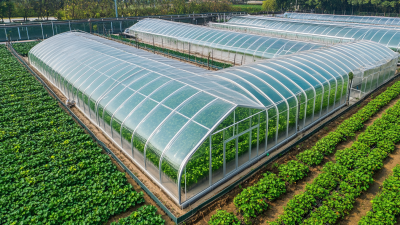
Top 10 Single Span Greenhouse Manufacturers from China at the 137th Canton Fair
-
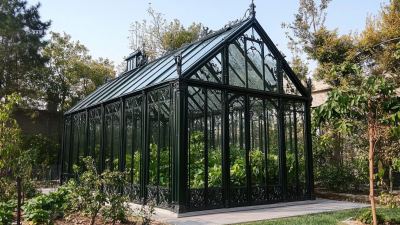
Unmatched Quality with Best Gothic Greenhouses from China's Trusted Manufacturing
-
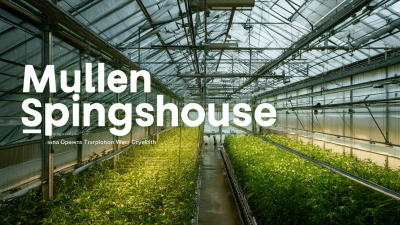
2025 Market Insights: How the Best Multi-Span Greenhouses are Shaping Global Agriculture Trends
-

Top Strategies for Optimizing Your Vegetable Greenhouse Efficiency
-
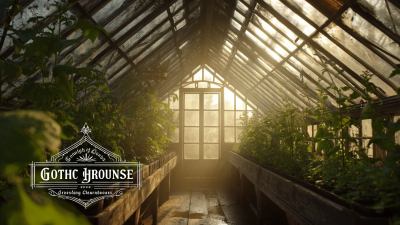
Unlocking Quality Supply Chains for Your Best Gothic Greenhouse Needs
-
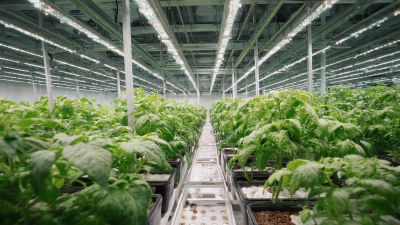
How to Maximize Your Yield in a Commercial Greenhouse Setup
